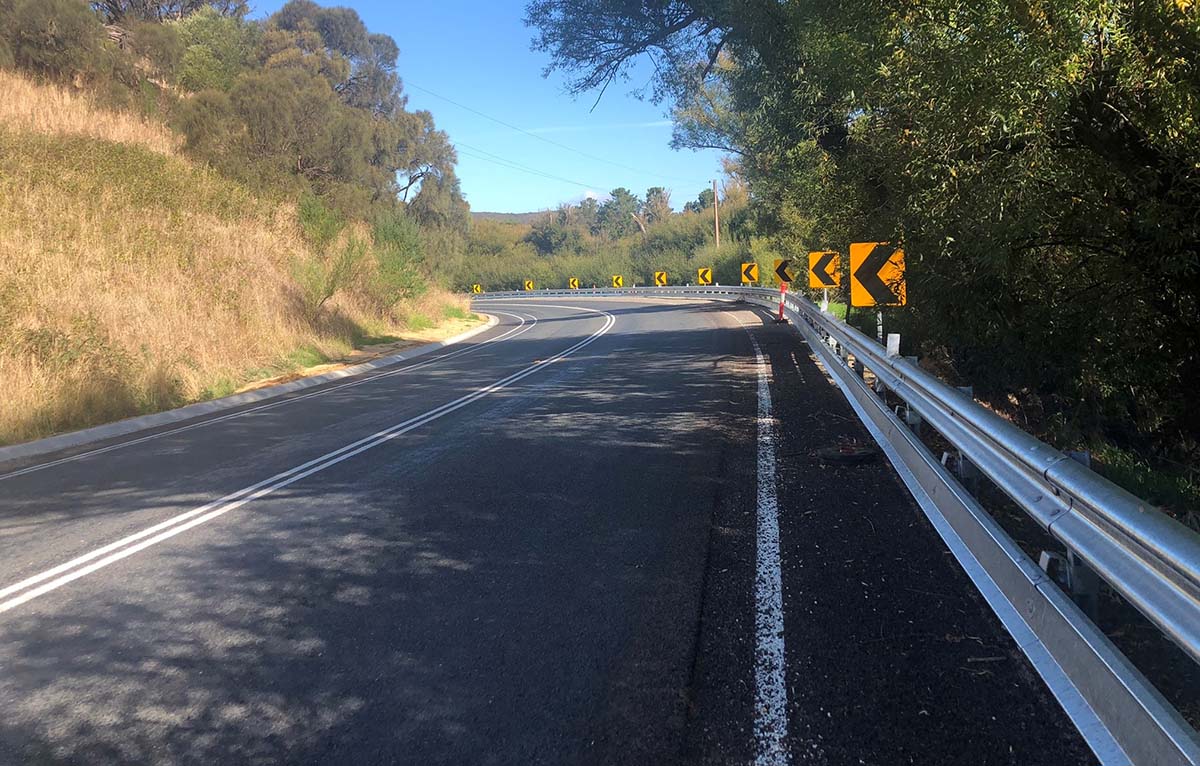Motorcyclists
Motorcycle riders are less protected than car drivers. In a crash, they are more likely to experience injuries to the head, chest and legs. These injuries can happen from hitting a solid object directly or from forces of a crash.
Motorcycle riders must wear an approved motorcycle helmet and should wear protective clothing. They should also keep their headlights on, even during the day, to make their motorcycle more visible to others.
Motorcycles and equipment
Safer motorcycles
Anti-lock braking systems (ABS) technology is common in passenger cars sold in Australia. However, only around 20% of new motorcycles are currently sold with it.
Motorcycle safety technology can help riders maintain control in potentially high crash-risk situations. The safety technology includes ABS, motorcycle stability control and traction control systems.
Motorcycle Clothing Assessment Program
When riding a motorcycle or scooter, it is important that you wear protective clothing to help reduce the risk or severity of injury if you crash.
The Motorcycle Clothing Assessment Program (also known as MotoCAP) provides independent safety advice on protective clothing for motorcyclists.
The clothing rating gives motorcyclists objective and independent information on the relative safety offered by various rider garments. This is similar to the:
- Consumer Rating and Assessment of Safety Helmets (CRASH) program for motorcycle helmets
- Child Restraint Evaluation Program (CREP) for child car restraints.
Motorcycle helmets
In South Australia, the law requires all motorcyclists and their passengers to wear an approved motorcycle helmet. The helmet must meet the relevant Australian or United Nations Economic Commission for Europe (ECE) Standard, as prescribed in the Australian Road Rules.
Read about motorcycle helmets and the law and choosing, fitting, and taking care of motorcycle helmets on My Licence.
Motorcycle licensing and the law
Motorcycle Graduated Licensing Scheme
South Australia's Motorcycle Graduated Licensing Scheme (GLS) helps beginners gain experience in relatively safer situations. Restrictions are gradually lifted as the rider improves their knowledge, skills and on-road experience. This allows them to progress through to an intermediate stage and then to a full licence.
Read about the changes for motorcycle learner’s permit holders and R-date classification holders on My Licence.
Rider Safe Training Program
In South Australia, anyone who wants to start riding a motorcycle must attend a Rider Safe course. This training course is compulsory for all new motorcyclists. It teaches basic and advanced skills necessary for safe riding on roads.
Riders who have held their learners permit for at least 12 months can take an Advanced Rider Safe training course.
Rider Safe Returning Rider Course
Motorcycle riders may be at greater risk of being involved in a crash when they resume riding after an extended period of not riding.
To help protect returning riders, a voluntary Rider Safe Returning Rider Course is available in South Australia. The course focuses on riding skills, such as safe braking, cornering techniques and hazard perception.
Motorcycling and the law
As motorcycles are classified as motor vehicles, motorcycle riders have to follow the same rules as motor vehicle drivers. However, there are additional laws specifically for motorcycle riders. It is the responsibility of all motorcyclists to know the rules that apply to them.
My Licence contains important information about:
- safe riding techniques
- how to cope with hazards
- key rules specific to motorcycle riders, such as:
- wearing an approved helmet
- rules for passengers
- riding abreast another rider
- lane filtering.
Motorcycle lane filtering is when a motorcyclist moves slowly between two lanes of stationary or slow-moving traffic going in the same direction. This is only allowed under strict conditions and only for experienced riders with a motorcycle licence.
Making roads safer for motorcycle riders
Motorcycle-friendly road design, maintenance and infrastructure benefit all road users. Road environment factors play an important role in the crash severity and occurrence for all vehicles. However, a more frequent combination of road crash contributory factors are found in motorcycle and scooter crashes. This is due to being less stable and more sensitive than other vehicles to any road irregularities.
To improve rider safety, the Department for Infrastructure and Transport
- identifies and assesses potential risks along the road network
- implements effective motorcycle safety infrastructure.
Read how the government is improving safety for motorcycle riders in the SA Road Safety Action Plan 2023-2025 Annual Report 2023.
Motorcycle protection barriers
Motorcycle safety improvements help protect motorcyclists from colliding with posts during a crash. This includes installing mesh and steel barriers on guard fencing,
Motorcycle Rub Rail

Motorcycle Rub-Rail on Gorge Road
The motorcycle rub rail is designed to absorb energy during impact and deflect a rider away from the impact point.
Traditional guard fencing can be a hazard to motorcycle riders and their passengers. Support posts concentrate the forces of a crash, which can lead to serious injury. Motorcyclists are vulnerable to collisions on bends and curves, where the stability of the motorcycle is at stake.

